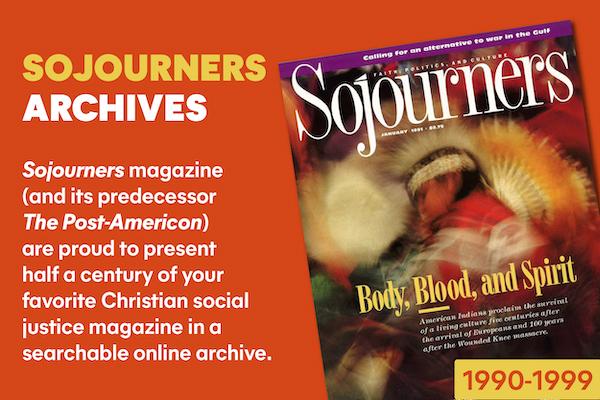HE WAS ONLY 5 YEARS OLD, so the morning news report did not reveal his name. We were told only that the child lived in the Bronx and that there was now a security guard assigned to his elementary school because he had brought a loaded handgun to the school. That was more than enough for me.
Perhaps the brief report struck with such force because I remembered my own kindergarten days in Harlem, my high school years in the Bronx. But I was certainly not alone in claiming this little boy. Many of us knew his name. It was written on the consciousness of concerned parents, teachers, neighbors, and ministers of religion everywhere.
We recognized his face, in all its manifestations, in all its pain, innocent confusion, warped pride, and fear. Whether 5 or 15, or caught in any of the dangerous manchild ages between and beyond, he was recognizable to us. There, standing naked to the world, robbed of his childhood, recruited into the force-ripened armies of drug runners, gang members, macho men, in danger of early corruption by some of this country's worst values and by its terrible romance with the gun, he was our child, reminding us of so much, warning us.
Everywhere in America there is a deep, often unarticulated fear that the violence of our culture is out of hand and that our children may be among its most vulnerable victims. How do we address this great threat to our humanity, participate in the rescue of our most valuable endangered human resources?
Obviously, there are no quick fixes here. The dislocation of our values, the destruction of our play-filled childhood, the acceptance of women and children as punching bags and outlets for male anger, the fixation on lethal weapons as standard equipment for the American family -- all these run deep. But the resources that lead us out to alternative, healing paths are perhaps deeper; at least that option must not be closed down. So we search, inviting others on the path.
Read the Full Article

